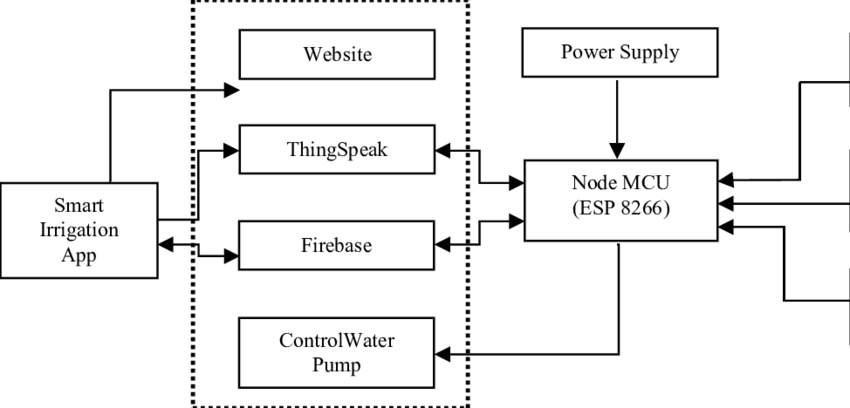Low Voltage Smart Irrigation Power Design – Made in India Tips

Smart irrigation systems are becoming essential for modern farming and home gardens in India. However, powering these systems at low voltage (3.3V–5V) can be tricky, especially in remote or solar-powered setups. If not designed efficiently, power issues can lead to unreliable watering and sensor failures.
🔧 The Problem: Inconsistent Power Supply
Smart irrigation controllers often use microcontrollers, soil sensors, and relays—all sensitive to voltage drops. Using batteries or small solar panels without proper voltage regulation leads to unstable operation or total shutdown during low sunlight or load surges.
✅ The Solution: Stable Power Conversion
To solve this, use a low dropout (LDO) regulator or a DC-DC buck/boost converter to maintain steady voltage for your controller and sensors. Add filter capacitors to prevent noise and ensure long-term stability.
🔍 Practical Example: Solar-Powered Irrigation Node
You’re running a NodeMCU with a moisture sensor and 5V relay from a 6V solar panel. During cloudy days, the voltage dips, and the system reboots. Installing a DC-DC boost converter to step up voltage to 5V ensures continuous operation.
🧮 Sample Calculation: Power Requirement
NodeMCU = 80mA, Sensor = 10mA, Relay = 100mA
Total = 190mA at 5V = 0.95W
Select a DC-DC converter rated for at least 1.5W to ensure headroom.
🛒 Product Suggestion: Made in India Components
🔋 [Shop DC-DC converters]
⚙️ [Shop LDO regulators]
Shop now at SmartXProKits.in
Support our work and India’s innovation—buy from our Make in India site!



















